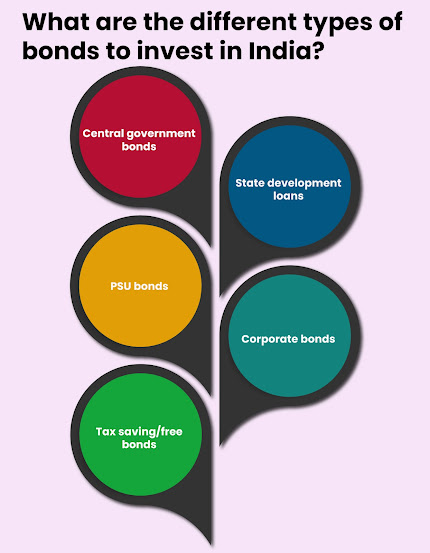Benefits of Investing in Covered Bonds
Covered bonds are a type of debt instrument that has been gaining popularity in the financial world due to their unique features and benefits. These bonds are backed by a pool of high-quality assets, such as mortgages or public sector loans, making them one of the safest investments available. In this section, we will delve into the various benefits of investing in covered bonds.
1. Low Risk and High Credit Quality
One of the main advantages of covered bonds is their low-risk profile. As these bonds are backed by a specific pool of assets, they provide an additional layer of security for investors. In case the issuer defaults on their payments, the bondholders have a claim on the underlying assets. This makes covered bonds less risky than other types of debt instruments, such as corporate bonds.
Moreover, covered bonds are considered to be highly creditworthy due to rigorous underwriting standards and strict regulatory oversight. They typically have high credit ratings from major rating agencies, providing further assurance to investors about their safety.
2. Stable Income Stream
Another significant benefit of investing in covered bonds is its stable income stream. As these bonds have fixed interest rates and regular coupon payments, they provide a predictable cash flow for investors. This can be particularly appealing for risk-averse investors who prioritize steady income over potential capital gains.
In times of economic uncertainty or market volatility, covered bond holders can rest assured that their investment will continue to generate steady returns regardless of external factors.
3. Diversification Potential
Investing in covered bonds can also offer diversification benefits to a portfolio. As these bonds are backed by a pool of assets, they have low correlation with other types of investments such as stocks and corporate bonds. This means that the performance of covered bonds is less affected by market movements and can help reduce overall portfolio risk.
Furthermore, covered bonds are issued by a variety of issuers from different industries and countries, providing investors with ample opportunities to diversify their holdings.
4. Favorable Tax Treatment
In some countries, covered bonds may also offer favorable tax treatment compared to other types of debt instruments. For example, in the United States, interest income from certain covered bonds issued by foreign banks may be exempt from federal income tax.
This can result in higher after-tax returns for investors, making covered bond investments more attractive.
5. Liquidity
Covered bonds are highly liquid securities, meaning that they can easily be bought and sold in the secondary market. The high credit quality and stable income stream associated with these bonds make them attractive to a wide range of investors, increasing their liquidity.
This makes it easier for investors to exit their positions if needed without significant losses or costs.
How to Invest in Covered Bonds?
Covered bonds are a type of debt instrument that is backed by a pool of high-quality assets, typically mortgages or public sector loans. These bonds offer investors a unique opportunity to invest in stable and secure assets while also providing a source of steady income. In this section, we will discuss how to invest in covered bonds and the factors you should consider before making an investment.
1. Understand the Basics: Before investing in covered bonds, it is important to have a basic understanding of what they are and how they work. As mentioned earlier, covered bonds are backed by specific assets, which act as collateral for the bondholders. This means that if the issuer defaults on their payments, the bondholders have first claim on the underlying assets.
2. Choose Your Market: Covered bonds are issued by banks and financial institutions around the world, with Europe being the largest market for these securities. Other significant markets include Canada, Australia, and Japan. When considering where to invest in covered bonds, it is essential to research different markets and understand their economic stability and regulatory frameworks.
3. Know Your Issuer: The creditworthiness of the issuer is crucial when investing in any type of bond. It is essential to research the financial health and credit ratings of the issuing institution before investing in their covered bonds. Higher-rated issuers typically offer lower yields but provide more security for investors.
4. Evaluate Collateral Quality: The quality of collateral backing a covered bond plays a significant role in its risk profile and yield potential.




Comments
Post a Comment